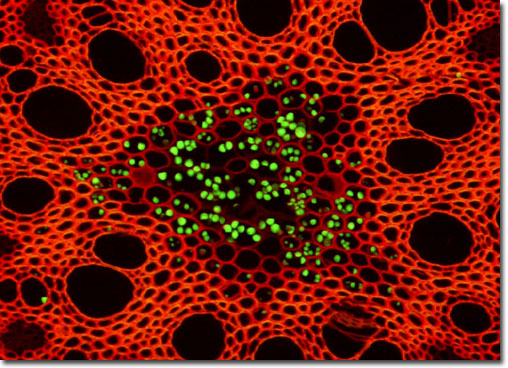|
Though the thorns of Smilax vines may seem particularly uninviting to humans, the perennial plants have been exploited in various societies throughout history. The young shoots of some species, for instance, may be safely consumed and are said to have a taste similar to that of asparagus, a plant which shares their status as members of the lily family Liliaceae. Other types of Smilax plants, however, have been more often used for medicinal purposes, rather than as a type of food. Smilax officinalis, for example, was sometimes utilized by the indigenous tribes of the Americas as a diuretic, a stimulant, and an aphrodisiac, later gaining a reputation as a treatment for sexually transmitted diseases. Also known as sarsaparilla, extracts from the roots of the plant are still believed by many to have curative properties and may be found in a wide variety of nutritional supplements.
|
